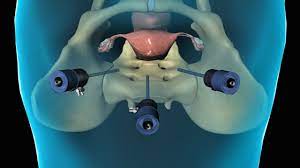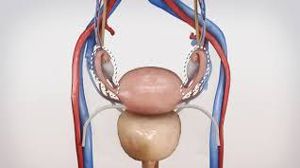Laparoscopic tubal sterilization
Add to
Share
320 views
Report
2 months ago
Description
Laparoscopic tubal sterilization is a minimally invasive surgical procedure designed for permanent female contraception. It involves blocking, sealing, or removing parts of the fallopian tubes to prevent eggs from reaching the uterus for fertilization. It is a reliable and highly effective method for women who have decided not to conceive in the future. Indications Laparoscopic tubal sterilization is usually considered for women who: Have completed their families and desire permanent contraception. Have medical conditions making pregnancy risky. Seek a long-term alternative to hormonal contraceptives. Procedure Overview The procedure is performed under general anesthesia. Using a laparoscope—a thin, lighted instrument with a camera—surgeons access the abdominal cavity through small incisions. The fallopian tubes are then: Clipped: Titanium or plastic clips are applied to block the tubes. Coagulated: Tubal tissue is sealed using electric current (electrocautery). Removed: In some cases, a portion of the tube is excised. The laparoscope allows precise visualization, minimizing tissue damage, and facilitating quicker recovery. The entire procedure typically takes 15–30 minutes. Advantages Minimally invasive: Only small incisions are required. Quick recovery: Most women can return to normal activities within a few days. High efficacy: Over 99% effective in preventing pregnancy. Permanent solution: No need for ongoing contraceptive methods. Risks and Considerations While laparoscopic tubal sterilization is generally safe, potential risks include: Infection at the incision site. Bleeding or injury to nearby organs. Ectopic pregnancy if sterilization fails (rare). Complications related to anesthesia. Women are counseled carefully before the procedure to ensure they understand its permanent nature. It is not intended as a reversible form of contraception. Post-Operative Care Mild abdominal pain or discomfort is common for a few days. Patients are advised to avoid heavy lifting or strenuous activities for a week. Follow-up visits may be scheduled to ensure proper healing. A pregnancy test may be recommended after a few months to confirm effectiveness, especially if clips were used. Conclusion Laparoscopic tubal sterilization remains one of the most effective and safe permanent contraceptive methods. Its minimally invasive nature, rapid recovery, and long-term reliability make it a preferred choice for women seeking permanent family planning solutions. Consultation with a skilled gynecologist is essential to assess suitability and discuss the best approach.
Similar Videos






